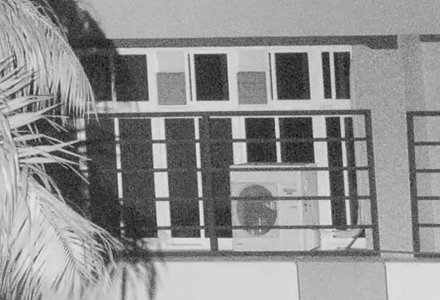【Illumination Range】For dual-use ISR payloads, drone-mounted cameras typically feature up to 30x optical zoom, with digital zoom extending practical working ranges to approximately 2 kilometers. While kilowatt-class xenon lamps can cover such distances, their size and power consumption exceed the capacity of small UAV platforms. Solid-state LED sources offer lower power draw and compact form factors but are generally limited to illumination ranges of up to 600 meters. Solid-state LEP illuminators represent a newer solution capable of kilometer-scale coverage at low power and small size. In the case of the Zenmuse H30T, the infrared illuminator’s range is limited to ~100 meters—likely due to power constraints—while the larger Zenmuse S1 achieves up to 500 meters. Neither reaches the limits of current technology, suggesting trade-offs for power efficiency or other design considerations.
【Beam Angle Adjustment】 The beam angle affects the illuminated-to-shadowed area ratio within the camera’s field of view. Ideally, the illumination would match the camera's full FoV, but broader beams demand more power. Illumination strategies can be classified into three types:
- Fixed beam angle, aligned with the most used FoV or targeting a specific zone—simpler mechanics reduce size, weight, and cost (e.g., the H30T design).
- Variable beam angle, achieved by adjusting lens spacing within the illuminator for better integration with optical zoom—this adds complexity, weight, and cost.
- Hybrid design, using multiple emitters with fixed but different beam angles, selectively activated to simulate variable coverage—mechanically simple but physically bulky due to the number of emitters (e.g., the S1 features a wide-angle and a narrow-beam module).
【Wavelength Selection】Dual-use systems typically employ either white light or near-infrared (NIR). White light offers color imagery with richer information but is visible to the naked eye, compromising stealth. NIR options, usually 850 nm or 940 nm, lie outside the visible spectrum. The 850 nm band may appear as a faint red glow at short range, while 940 nm is invisible to the naked eye, though both are detectable by night vision equipment. Notably, photon efficiency at 850 nm is roughly double that of 940 nm for standard optical sensors, making the former more energy-efficient. The H30T employs an 850 nm IR illuminator, while the S1 uses white light by default, though the latter could likely be adapted for IR emission with minimal modification based on user requirements.
Color infrared imaging—though traditionally monochrome—has emerged in recent years. While the Zenmuse H30T has yet to integrate this technology, interested readers may explore commercial color IR sensors online.
【Camera Exposure Modes】If the illuminated area matches the camera’s FoV, exposure is typically well-balanced. However, if the illuminated region occupies only a portion of the view, default matrix metering may lead to overexposure within the lit zone, obscuring critical details. Central-weighted or spot metering—assuming the illuminated region is centrally aligned—can significantly enhance image quality under such conditions.




